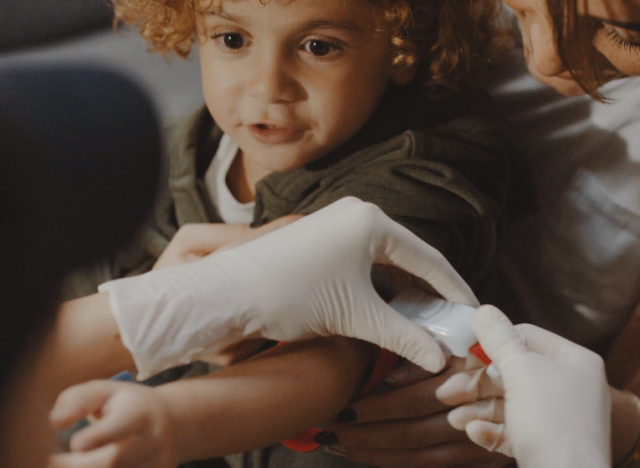UNICEF: 41% of Children Have Dangerous Levels of Lead in Blood
UNICEF Georgia has released the results of a national survey on lead prevalence in children’s blood in Georgia, revealing that 41% of children have dangerous levels.
The study tested the blood of 1,578 randomly chosen children aged from 2 - 7 years across Georgia. The results showed that 41% of children have 5 micrograms or more of lead per decilitre in their blood. Of these, 16% of children had 10 micrograms or more per decilitre, and 25% had 5 - 10 micrograms.
UNICEF conducted the study between September and December 2018 as part of the Multiple Indicator Cluster Survey (MICS). The Italian National Institute of Health analyzed the blood samples using the “most accurate method for lead testing,” reports UNICEF.
Per region, Ajara showed the highest lead levels with 85% of children having 5 micrograms or more per deciliter of blood, followed by Guria (73%), Samegrelo-Zemo Svaneti (71%), Imereti (61%), Samtshke-Javakheti (32%), Tbilisi (30%), Khaketi (25%), Shida Kartli (21%), Mtskheta-Mtianeti (20%), and Kvemo Kartli (18%).
5 micrograms per deciliter or more is considered to be above the World Health Organization’s recommended level of lead, although “there is no known level of lead exposure that is considered safe for human beings.”
The government intends to develop a plan to identify the main sources of lead exposure and tackle the problem by banning products containing lead, managing contaminated sites and raising public awareness, reports UNICEF.
By Amy Jones
Photo source - UNICEF












